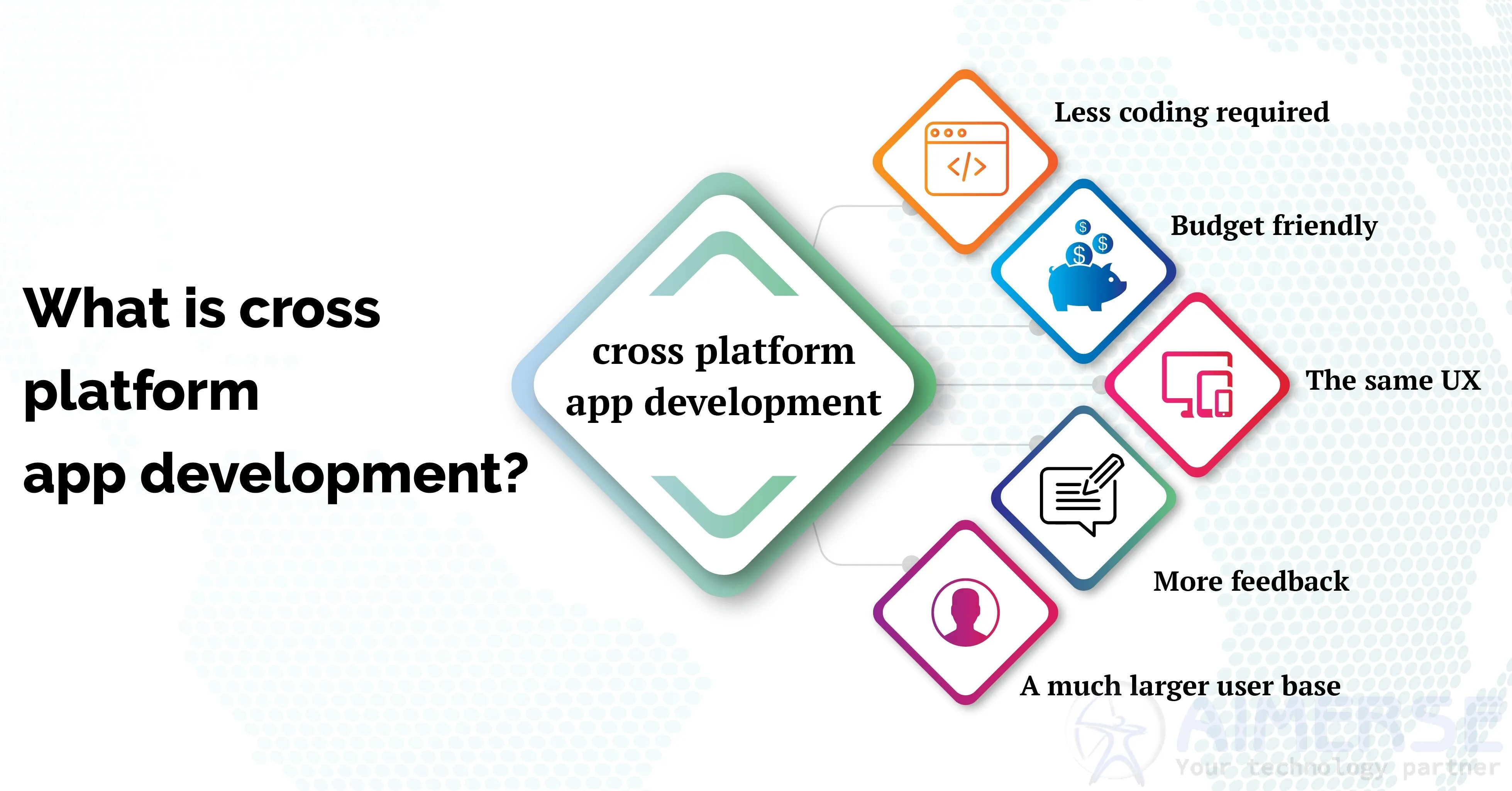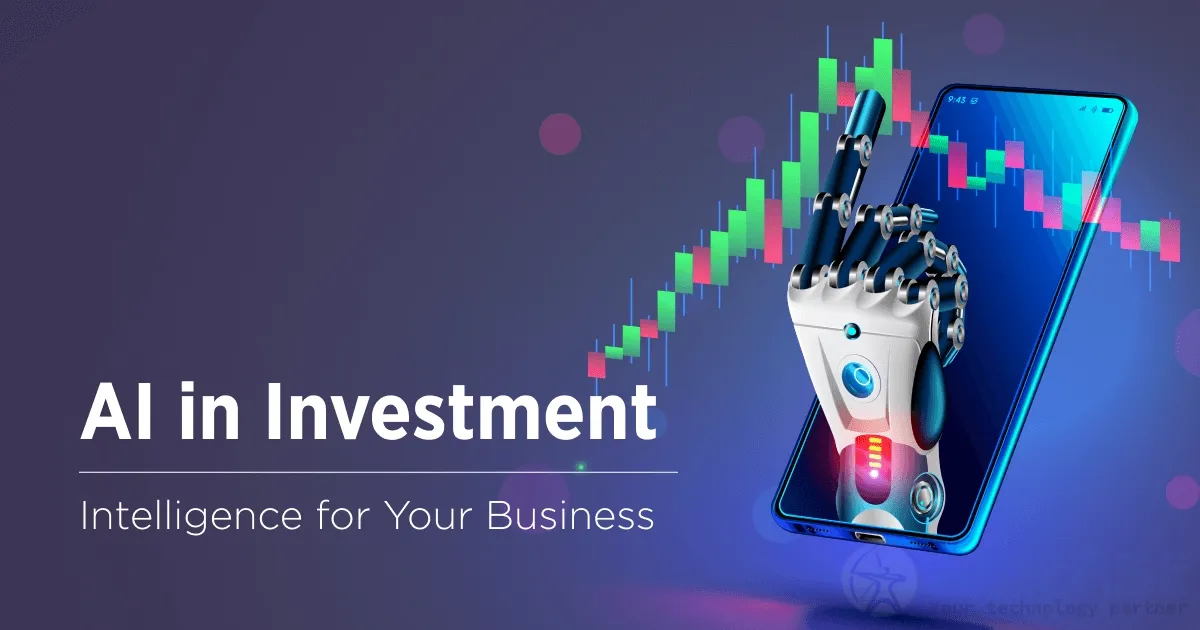Cross-Platform Development: Building Applications for Multiple Devices.
Today, technology users utilize applications on different devices and types of operating systems. To meet these demands, developers now focus on cross-platform development as a strategy that enables the development of applications that run on multiple platforms from a single codebase.
Understanding Cross-Platform Development
The technology manages cross-platform development where it employs a shared codebase and develops applications on different operating systems, like iOS, Android, and Windows. This is different from the native approach, where one holds different codebases for each type of platform. This, with the aid of frameworks such as React Native, Flutter, and Xamarin, allows a programmer to write an application once and then implement it across multiple platforms with equal user experience.
Benefits of Cross-Platform Development
- Cost Efficiency: The single codebase will reduce the cost of development and maintenance as compared to managing multiple codebases for each platform.
- Faster Time-to-Market: Shared code shortens the development cycle, allowing quicker deployment across platforms.
- Consistent User Experience: It improves user satisfaction and brand recognition due to uniform design and functionality across platforms.
- Easy Maintenance: Global updates and fixes can be applied instantly so that all users benefit simultaneously.
Challenges to Consider
- Differences in Performance: Cross-platform apps will also differ in their performance as compared to their native equivalents.
- Unable to Leverage Specific Features on Different Platforms: Some native features may be difficult to achieve on all platforms.
- UI Different than the Native App: It is challenging to make it look and feel native on both platforms, so further customizations may be required.
Top Cross-Platform Frameworks
- React Native: Developed by Facebook. Through this, an individual can write native-like applications using JavaScript and React.
- Flutter: The UI toolkit provided by Google. It supports the development of natively compiled applications from a single code base.
- Xamarin: Owned by Microsoft and allows native Android, iOS, and Windows applications that are built using C# and.NET.
Cross-Platform Development Best Practices
- Framework selection: Framework choice should best resonate with your needs, the needs of your projects, and your team's expertise.
- Focus on User Experience: The application should be tested to ensure the most streamlined user experience across platforms.
- Optimize performance: Applications are tested to optimize, with a result that is supposed to run very efficiently on each of the other platforms.
One needs to upgrade with the latest to be able to leverage new feature-added frameworks or any other cross-platform tool.
Cross-platform development has emerged as the key strategy to achieve the outreach of a maximum audience with much ease in this diversified digital era. With this approach, through a single codebase, firms can ensure users' experiences are seamless across different types of devices and operating systems, with savings in terms of cost as well as a reduction in time to market. At the same time, performance optimization and platform-specific nuances must not be overlooked.
Aimerse Technologies is an expert in custom-tailored software development services based on the technologies of React.js, Node.js, Python Django, Laravel, and Java Spring Boot according to the specific needs of the customers. Such cross-platform development will ensure applications provide uniform quality experiences across devices for diverse user groups.











